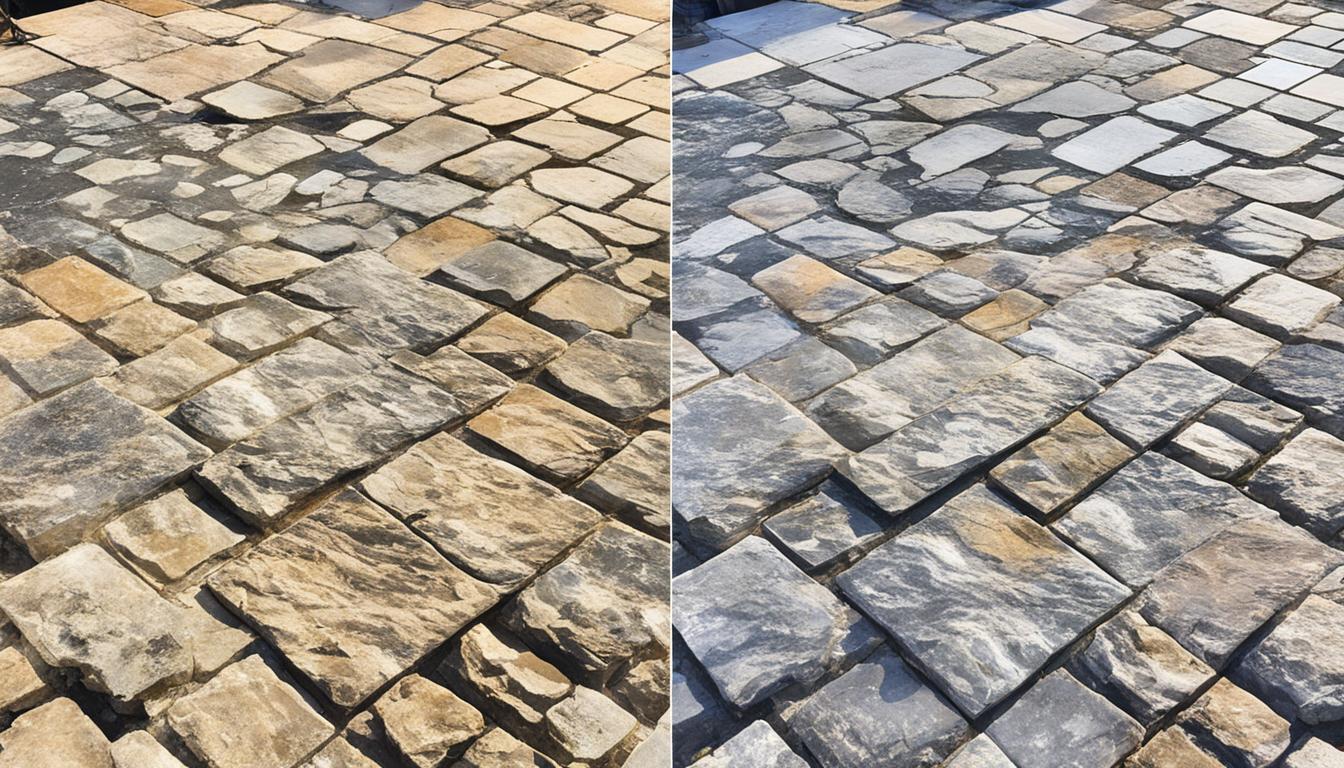Reviving marble finishes is an skill that demands a combination of craft, knowledge, and an appreciation for the stone's history. No matter if you're handling weathered outdoor features or worn-out indoor marble ornaments, advanced techniques in rock restoration can transform your project from standard repairs to stunning transformations. https://stonerestoration.com.au/services/marble-restoration-sydney/ will explore more than the essentials, offering insights into the cutting-edge techniques and innovative approaches that ensure your stone exteriors merely look great but also last for years to follow.
As you start your rock restoration adventure, it is crucial to understand the frequent challenges that can impede progress. From knowing the varieties of marble to selecting the suitable restoration products, there are many factors that play a key role in securing positive results. In this piece, we will also highlight the significance of maintaining these finishes and provide tips on how to determine when it's the best time to undertake a restoration project. Accompany us as we explore the advanced techniques that can assist you maintain the aesthetic and quality of marble for ages to appreciate.

Comprehending Stone Refurbishment Techniques
Stone restoration is a careful process that aims to return natural stone surfaces to their initial beauty and utility. This involves various techniques that address not only surface problems like stains and scratches but also structural concerns concerns. The initial step in any restoration project is to examine the type of stone and the specific damage it has incurred, as distinct stones, such as marble, require various methods for successful restoration.
One of the most prevalent techniques in stone restoration is honing, which is utilized to remove surface-level scratches and etches while providing a non-glossy finish. This process typically utilizes using abrasive pads and liquid to smooth the surface of the stone. After honing, buffing may be applied to improve the stone's luster and highlight its natural colors. Additionally, sealing is important in protecting restored stone surfaces from future damage, allowing for easier maintenance and durability.
Another sophisticated technique is the use of chemical solutions, which can help with deeper stains or discoloration. These treatments often involve acid-based solutions that interact with minerals in the stone, effectively eliminating stains without damaging the surface. However, it's important to handle these chemicals properly and try on hidden areas initially, as misapplication can lead to additional damage. Understanding these techniques is vital for achieving best results in stone restoration projects.
Typical Mistakes in Rock Restoration
One of the top common errors in rock restoration is the utilization of improper cleaning strategies. A lot of people rely on harsh chemicals or rough tools that can harm the stone's exterior instead enhancing its appearance. It is crucial to utilize pH-neutral cleaners and refrain from anything that can abrade or erode the authentic surface of the rock. Grasping the variety of stone being refurbished helps in choosing the suitable cleansing agent and method to ensure the integrity of the surface is preserved.
Another common mistake is failing to carry out a thoroughgoing inspection before initiating the refurbishment project. Failing to detect the particular challenges at hand, such as hidden structural issues or moisture harm, can cause surface-level solutions that do not address the original cause. This can cause repetitive problems and extra expenses down the track. A careful inspection is essential to create a specific restoration plan that addresses both design and construction demands.
At last, inadequate coating of refurbished stone is a mistake that can substantially influence its longevity. Many think that sealing is a one-time process; but, various stones require different maintenance routines based on their absorbency and exposure to environmental factors. Consistently monitoring and reapplying protectants can stop water harm, discoloration, and overall wear, ensuring the stone remains beautiful and durable over time. Grasping the exact care criteria of each rock category empowers homeowners to preserve their restored surfaces efficiently.
Maintaining Your Restored Stone Surfaces
After your stone surfaces are expertly restored, the key to longevity lies in proper maintenance. Regular cleaning is essential to prevent dirt and grime from building up, which can dull the surface and lead to more damage. Use a pH-neutral stone cleaner and delicate cloths or mops to gently clean the area while avoiding scratching the surface. Avoid harsh chemicals or abrasive materials which may impair the restoration work and lead to costly repairs.
In addition to cleaning, sealing your stone surfaces is important to protect them from stains and moisture. Depending on the type of stone, a premium sealer should be applied approximately every few seasons to maintain its integrity and appearance. Be sure to follow the manufacturer's instructions for application and re-sealing to ensure maximum effectiveness. This not only sustains the look of the stone but also extends its lifespan.
Lastly, consider the environment surrounding your stone surfaces. Indoor climates can influence stone health, so ensure proper humidity and temperature levels to halt cracking or erosion. For exterior stone, frequent evaluations for signs of wear or damage after extreme weather events are essential. Addressing these issues promptly will help you maintain your restored stone surfaces in excellent condition for years to come.
